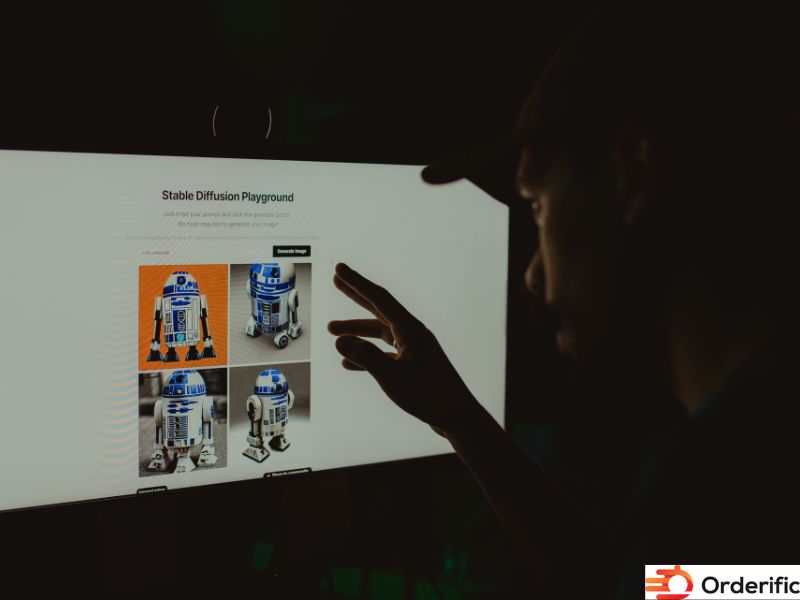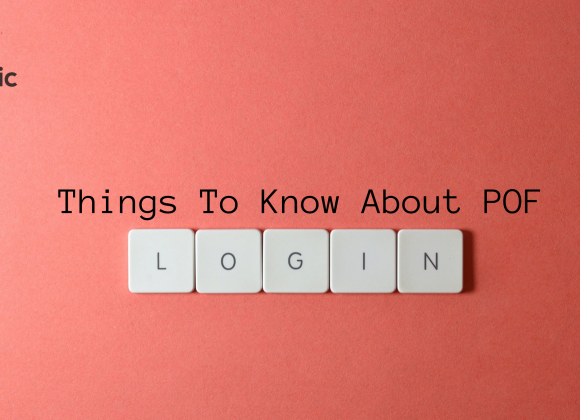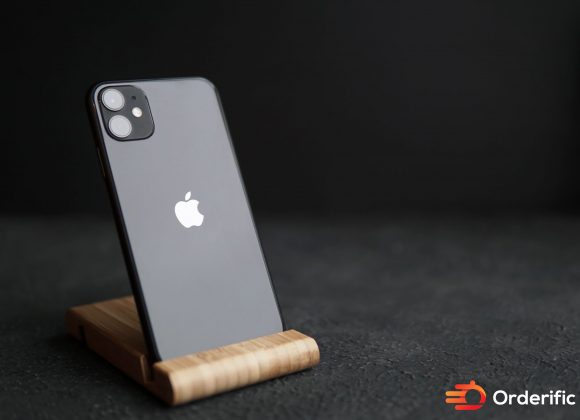Introduction
Event management is a dynamic and demanding arena where effective communication features are crucial. Event organizers need robust event management software to communicate seamlessly, ensure attendee engagement, and manage event data. Communication tools within these software platforms have revolutionized event planning, making it easier for event organizers to manage attendee registrations, customer communication, and live-streaming features. An event app can foster internal communication and enhance overall customer service. This has significantly transformed the way organizers operate, bringing in unprecedented levels of attendee satisfaction. Effective communication channels allow for more interactive and exciting virtual events, considerably impacting the industry. This article explores how these tools enhance event management and make event planning a breeze.
What Is Event Communication?
Event communication refers to sharing information among all stakeholders involved in an event. It is a crucial aspect of event management that dictates the success or failure of an event. Event communication encompasses various tasks such as disseminating event information, managing attendee registration, ensuring customer communication, and fostering attendee engagement.
Event management software is a tool that event organizers frequently rely on to streamline this process. Rich with features such as live streaming, these software solutions provide a platform for effective communication and internal collaboration. Event management tools within these software packages ensure clear communication channels between organizers and attendees, driving attendee engagement and satisfaction.
The introduction of event apps has revolutionized event planning. These apps facilitate seamless communication between event organizers and attendees, improving customer service. They also help manage event data efficiently and facilitate event registration processes. Social media integration within these apps further enhances communication and engagement.
In the era of virtual events, communication tools in event management software play an even more critical role. They ensure that every attendee has access to necessary information and can interact as if they were at a physical event. This level of effective communication has opened up new possibilities for event organizers, making event planning more accessible and efficient. It has also paved the way for more interactive events, where live streaming is integral to the experience. This drives attendee engagement and contributes to overall customer satisfaction.
In conclusion, communication tools within event management software are vital for successful event planning. They simplify the process, enhance attendee engagement, and ensure the smooth execution of events.
Why Is Communication Important In Events?
Information To Communicate Before The Event
Before an event, effective communication is pivotal in building anticipation and ensuring that attendees have all the necessary information. Essential details to be communicated include the event’s date, time, and location. If the event is virtual, providing clear instructions on how to access the event platform, along with information on the event agenda, is critical. Attendees should be informed about the speakers, topics to be covered, and expected duration of each session. Real-time updates and reminders regarding the event can be effectively managed through an event app. It’s equally important to communicate any changes promptly to avoid confusion.
Additionally, providing information about any required materials or preparations attendees need to make can contribute to a seamless event experience. Lastly, setting up a platform, such as a live chat or a dedicated section within the event app, for attendees to ask questions or clarifications can significantly enhance communication and subsequently, attendee satisfaction.
Communication Timeline
A communication timeline serves as a roadmap for the event planning process, ensuring that all important information is shared in a timely manner. It begins with the initial announcement of the event, building anticipation amongst prospective attendees. This is followed by regular updates on key details such as the event’s agenda, speakers, and session durations. If the event is virtual, clear instructions on how to access the platform are crucial. An event app can facilitate this communication, providing real-time updates and reminders, while also offering a platform for attendees to seek clarifications. As the event draws closer, reminders become more frequent, and any changes to the event’s plan are promptly communicated.
After the event, a follow-up message thanking attendees for their participation, gathering feedback, or sharing key takeaways is a good practice. A well-executed communication timeline, supported by tools within the event management software, ensures a seamless experience for all attendees, and contributes to the overall success of the event.
Pre-Event Communication Tools
An integral part of successful event planning is the use of robust pre-event communication tools which are typically embedded within event management software. These tools allow organizers to disseminate essential information such as the event’s date, time, location, agenda, and speaker lineup. Advanced features might include the ability to send real-time updates or reminders, often through a dedicated event app. If the event is virtual, these tools can provide clear instructions on how to access the live streaming platform, ensuring that attendees can easily participate in the event. In addition, these tools can facilitate two-way communication, enabling attendees to ask questions or seek clarification on any point. This might be through a live chat feature or a dedicated section within the event app. The use of these tools helps to build anticipation, prepare attendees, and ultimately contributes to a seamless event experience.
During The Event
Information To Communicate During The Event
During an event, it’s vital to share real-time updates and relevant information to maintain attendee engagement and ensure smooth proceedings. This includes updates on the event’s current activities, any changes to the agenda, reminders about upcoming sessions, and notifications about live streaming, if applicable. It’s also important to provide insights on ongoing sessions, like key points from speakers, or highlights of discussions, to ensure attendees who may have missed a part, stay informed. Additionally, the event app can facilitate interactive sessions such as live polls, Q&As, or surveys, keeping attendees engaged and encouraging their participation. Any technical guidance for the event app or troubleshooting support should also be communicated promptly to resolve any issues attendees may face.
Communication during the event is not only about information dissemination, but also involves receiving feedback and queries from attendees. This two-way communication can be facilitated through features like chatbots or dedicated Q&A sections within the event management software. Hence, in the throes of the event, clear and prompt communication is crucial for an engaging and seamless event experience.
Communication Tools To Use During The Event
Event management software plays a crucial role in enhancing communication during events. With its interactive tools like live chats, live polls, Q&As, and surveys, embedded within the software, attendees can engage in real-time interactions, ensuring their active participation. Moreover, push notifications or alerts keep attendees updated on current activities, any changes, or reminders about upcoming sessions.
In the case of live streaming events, these tools become even more vital as they enable seamless participation and facilitate a sense of connection among attendees. By leveraging these interactive features, event organizers can foster a dynamic and engaging environment, ensuring a memorable experience for all participants.
Additionally, the software also serves as a platform for sharing key insights from ongoing sessions, allowing attendees to stay informed and gain valuable knowledge even if they miss certain parts. This information sharing aspect further enhances the overall learning experience and ensures that attendees can derive maximum value from the event.
Use Event Technology For Communication

Promotes Sustainability
Implementing event technology for communication not only contributes significantly towards sustainability but also brings numerous benefits. The digital nature of these tools not only reduces the need for physical resources but also minimizes the ecological footprint of events. Unlike traditional methods of communication, such as printed invites, banners, or pamphlets, which generate considerable waste and consume natural resources, digital communication tools within event management software offer the same functionality in an environmentally friendly manner.
By leveraging emails, event apps, and live streaming, event organizers can provide instant updates, enable real-time interaction, and extend their reach globally. This not only promotes a green initiative but also enhances the efficiency and effectiveness of communication. Participants can stay connected and engaged throughout the event, regardless of their location.
Moreover, event technology allows organizers to gather valuable data and insights, enabling them to make data-driven decisions for future events. It also simplifies various event management tasks, such as registration, ticketing, and attendee tracking, streamlining the overall event experience.
By adopting event technology for communication, event organizers not only contribute to environmental conservation but also unlock a world of opportunities to create impactful and successful events.
Track Data Analytics
Utilizing event technology instruments for communication not only facilitates effective engagement but also enables the comprehensive tracking of data analytics. This provides event organizers with invaluable insights into attendee behavior, levels of engagement, and the overall success of the event. By leveraging the tools embedded within event management software, organizers can monitor various metrics such as the number of active users on the event app, the level of participation in interactive sessions, or even the peak times of attendee activity. In the case of live streamed events, data such as viewer numbers, average watch time, or drop-off rates can be meticulously analyzed. This meticulous and data-driven approach aids in making well-informed decisions for future events, optimizing communication strategies, and ultimately enhancing attendee satisfaction.
Moreover, this analytical approach provides quantifiable measures of the event’s success, thereby contributing to the continuous improvement of the event planning process. Therefore, the tracking of data analytics emerges as another significant benefit of employing event technology for communication, empowering organizers with actionable insights and driving successful event outcomes.
Boost Attendee Engagement
The incorporation of event technology has revolutionized attendee engagement in unprecedented ways. By leveraging advanced communication tools provided by event management software, such as live chats, real-time polls, Q&As, and surveys, event organizers can create an immersive and interactive experience for participants. Particularly for live streamed events, these interactive features go beyond just passive viewing, effectively replicating the dynamics of a physical gathering. Attendees are empowered to voice their opinions, ask questions, and actively participate in discussions, fostering a sense of involvement and investment in the event.
Moreover, event technology offers features like push notifications that keep attendees constantly updated about the event’s proceedings and upcoming highlights. This ensures a continuous flow of engagement and eliminates the risk of missing important updates. By providing an interactive platform for communication, event technology transforms attendees from mere spectators to integral parts of the event. This elevated level of engagement not only enhances attendee satisfaction but also encourages greater event loyalty and advocacy.
In conclusion, the integration of event technology has reshaped the attendee experience, offering a seamless and captivating environment that fosters active participation, constant communication, and overall event satisfaction.
Three Things You Must Consider For Event Communication
- The Power of Event Management Software: It’s undeniable that event management software serves as an invaluable tool for event organizers. With features like live streaming and social media integration, these tools facilitate seamless communication, ensuring effective dissemination of event information, and enhancing attendee engagement. The event app aspect of such software enables organizers to manage event registration, event data, and customer communication with ease, transforming the landscape of event planning.
- Prioritizing Attendee Engagement: Attendee engagement is at the heart of any successful event. Effective communication tools within event management software provide clear communication channels between organizers and attendees, thereby boosting attendee satisfaction. In the era of virtual events, live streaming forms an integral part of the experience, driving interaction and engagement.
- Leveraging Tools for Internal Communication and Decision Making: Event management software offers robust tools for internal communication, enabling event organizers to collaborate effectively. These tools also provide insight into valuable event data, facilitating informed decision making. The ease and efficiency of these communication tools significantly enhance customer service, contributing to overall event success.
Conclusion
In light of the above, it’s evident that the evolution of technology has given rise to sophisticated event communication tools that streamline event management. Event management software, with its array of robust features such as live streaming, is a game-changer in the industry, revolutionizing event planning and communication. It’s not just about making processes more efficient – these tools also enhance attendee engagement, fostering an interactive environment that echoes the vibrancy of physical events. This is true whether you’re communicating before, during, or after the event. From promoting sustainability to tracking data analytics, using event technology for communication opens the door to unlimited possibilities.
In summary, incorporating sophisticated communication features in your event management software is more than a convenience; it’s an indispensable tool for success in any event planning endeavor. Ready to experience the difference these tools can make? Book a demo with Orderific today and witness how our event management software can transform your event planning strategies.
FAQs
Why are seamless communication tools crucial in event software, and how do they contribute to success?
Seamless communication tools in event software streamline interactions, boost attendee engagement, and enhance overall event management, contributing to the success of the event.
What features should event organizers look for in seamless communication tools for effective coordination?
Event organizers should prioritize features like live streaming, efficient data management, and easy-to-use event app interfaces.
Can these tools be customized to suit the communication needs of different types of events?
Yes, these tools can be customized to meet the unique communication requirements of different events.
How do seamless communication tools enhance real-time collaboration among event team members?
Seamless communication tools foster effective collaboration by allowing real-time communication and quick information sharing among team members.
Are there best practices for utilizing communication tools to ensure efficiency in event planning and execution?
Best practices include setting clear communication objectives, choosing the right tools, and training the team on their usage.













